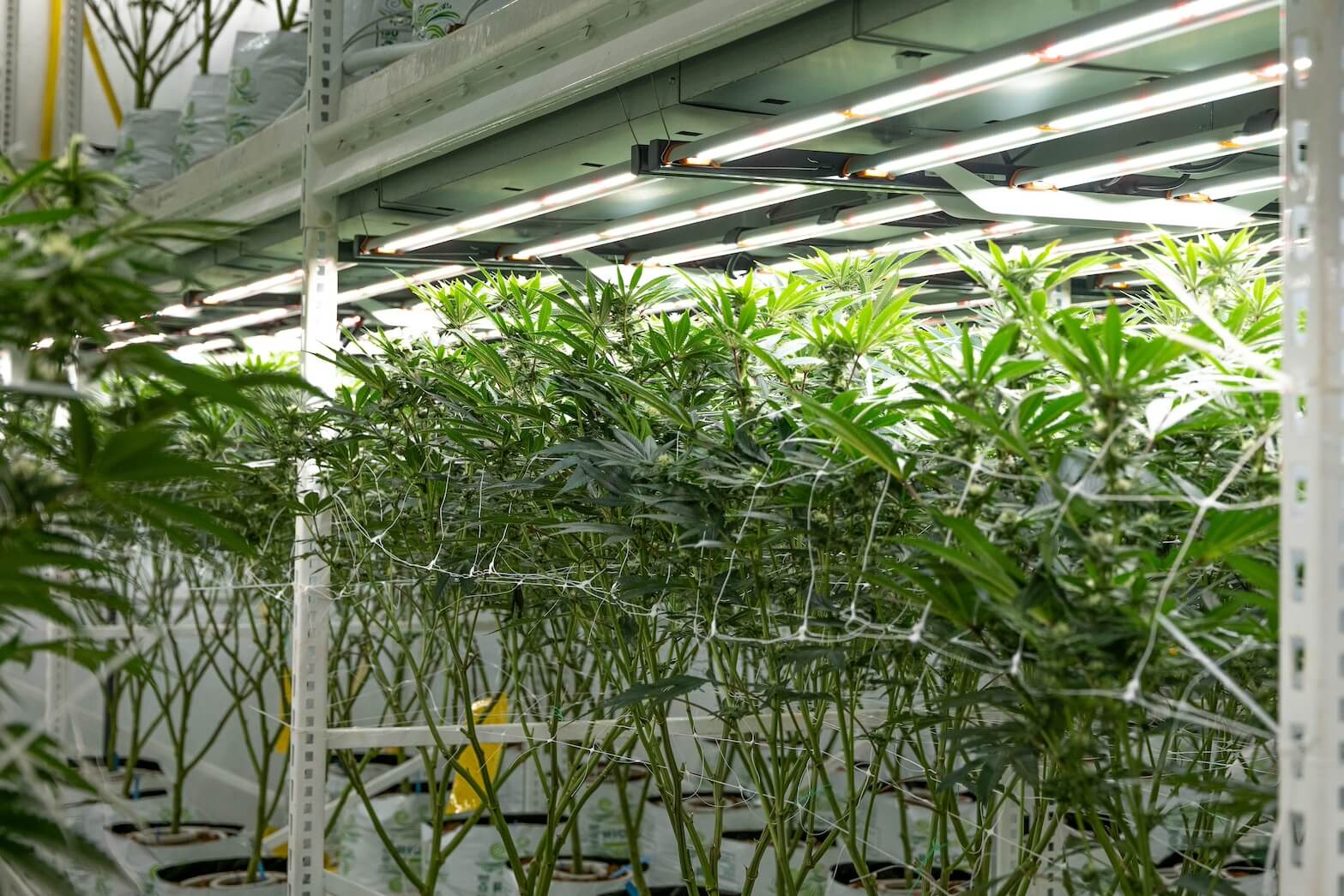A Continuation of Fluence’s Cultivator Series
The State of Retrofitting in EMEA
The cannabis industry in Europe, Middle East and Africa (EMEA) is undergoing a transformation as more growers recognize the advantages of modernizing their cultivation facilities. Unlike North America, where legalization and regulation have led to widespread adoption of advanced cultivation techniques, Europe’s cannabis sector is still developing within a framework of strict pharmaceutical and agricultural standards. Many existing facilities were built before LED technology became widely available, meaning that a significant number still rely on outdated high-pressure sodium (HPS) lighting systems.
As Franz Josef Sima, a
Fluence Horticulture Services expert, explains, “The industry simply being smaller, we have a good number of old build-outs still running on HPS. But due to fluctuations in electricity prices and the push for better efficiency, we see a growing interest in retrofitting.”
Why Retrofitting? The Business Case for LED
Retrofitting from HPS to LED is gaining momentum across Europe, but it is not without its challenges. Many growers are cautious, preferring to stick with what they know rather than risk disrupting production. However, the financial benefits of switching to LED lighting are becoming harder to ignore.
“Electricity went up, now it’s going back down again, but people are actually looking way more into retrofitting now,” Franz notes. “They want to achieve more and faster return on investment. The newest build-outs are already running on LEDs, and we are happy to be involved in a lot of very good projects.”
The shift to LED is driven by more than just cost savings on electricity. Growers who retrofit are also seeing increased yields, faster crop cycles, and improved plant health. According to Franz, “We now see growers harvesting 1.5 kilograms per square meter compared to the 1-kilogram standard of HPS setups, and in some cases, reducing their cycle time.”
The Challenges of Retrofitting in EMEA
Despite the benefits, retrofitting in EMEA presents unique challenges.
Many older facilities require significant infrastructure changes to accommodate LED lighting. “It’s not always a plug-and-play solution,” Franz explains. “In some cases, entire electrical systems need to be rewired, and HVAC systems adjusted to account for the different heat output of LEDs compared to HPS.”
However, Fluence has developed solutions to simplify the process. The
RAPTR series, for example, is a one-to-one replacement for traditional 1000W HPS fixtures. “With RAPTRs, you can take out the HPS and plug in the LED without having to rewire everything. That’s a game-changer for many growers,” says Franz.
Another key factor is the expertise required to manage the transition. “You can’t just install LED lights and expect everything to work the same way as before,” Franz adds. “The irrigation system needs to match the increased micro-mole levels, and growers need to adapt their nutrient and environmental strategies.”
The Future of Retrofitting in EMEA
While retrofitting is still in its early stages, the momentum is building. More companies are seeing the long-term benefits of LED technology, both in terms of cost savings and improved crop performance. The expertise of Fluence’s horticulture specialists is proving to be an invaluable asset in helping growers make the transition successfully.
One notable success story comes from a European grower who transitioned from HPS to LED under Franz’s guidance. “We had 11 different cultivars in a greenhouse with 6,240 plants,” he recalls. “By optimizing the lighting and environment, we increased THC levels from 23% to 30% while improving overall yield and efficiency.”
The future of cannabis cultivation in EMEA is undoubtedly moving toward LED. With increasing regulatory pressures, rising energy costs, and the drive for higher efficiency, retrofitting is not just an option—it’s a necessity. As Franz puts it, “What we see now is a shift in mindset. It’s not just about saving energy; it’s about growing better, faster, and more profitably.”
